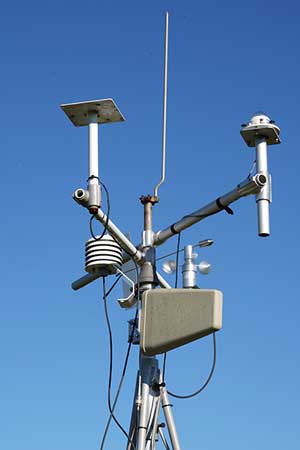
Purdue University’s Midwestern Regional Climate Center has launched an interactive tool fruit growers can use to more closely monitor accumulated chilling hours.
According to a Purdue University news release, the tool — a collaboration between MRCC and the U.S. Department of Agriculture’s Midwest Climate Hub — utilizes hourly data from hundreds of weather stations in all 50 states to track how long fruit plants have been exposed to an ideal range of cool temperatures throughout the dormant season.
“What’s unique about this tool is the amount of customization you can do,” MRCC associate director and regional climatologist Melissa Widhalm said in the release. “We let you select the accumulation start and end date. You can pick your temperature ranges. That’s how you can narrow the tool to deliver the exact data you need for a specific plant species or variety.”
Accumulating the optimal number of chilling hours too soon or too late, or failing to reach the chilling hour target, could have negative implications for the timing of spring plant growth and overall fruit quality. The chilling tool can help growers figure out what dormancy stage their trees have reached, according to the release.
Each type of fruit has its own chilling hour requirements. In a mild winter, an apple variety that needs 800 chilling hours may achieve that mark by mid-February. If a long enough warm spell sets in, the tree begins the process of losing cold hardiness and breaking out of dormancy. But if it’s mid-February in the Midwest, there will most likely be freeze events in March and April, leaving trees vulnerable to cold damage, Widhalm said.
With help from the new tool, growers who know that their trees could break dormancy earlier than they want can take preventative measures, including spraying plants or turning on large fans to mix the air to increase the temperature, she said.
The chilling hour tool can be found at this link: https://tableau.it.purdue.edu/t/public/views/ChillHoursTool/MapView?%3Aembed=y&%3Aiid=1&%3AisGuestRedirectFromVizportal=y.
—by Matt Milkovich






Leave A Comment